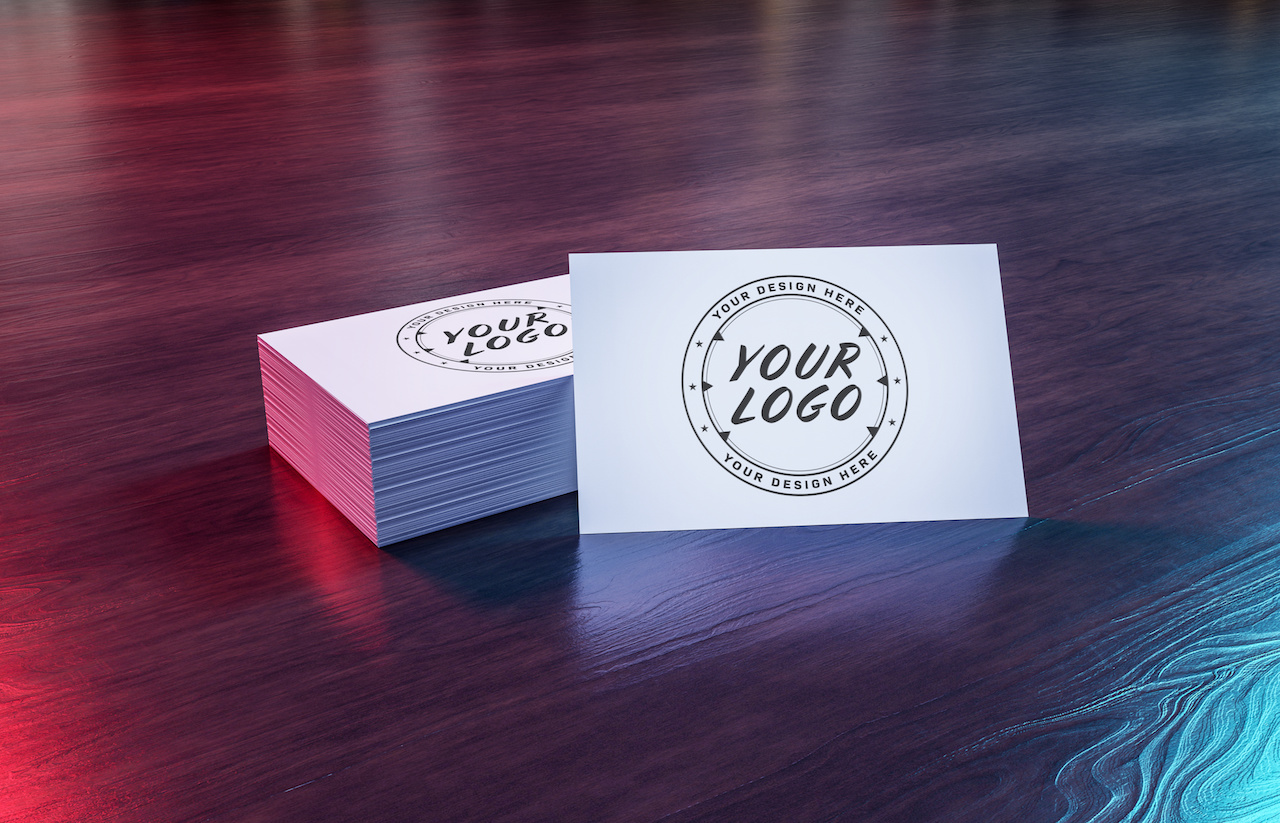ID3AS Blog
Tips for a Successful Print Design

If you’re looking for tips about what makes a successful print design, we’ve got you covered! In the days of digital marketing, print is still a worthwhile marketing tool when you know your target audience. Print can include a wide variety of mediums, including business cards, mailers, flyers, brochures, newspaper ads, billboards, and more.
While some of these may seem old school, when combined with digital marketing, they can boost your campaign and help reach your target market in ways you haven’t even considered yet! Check out some of the ways our D3 team ensures that our print designs are the best they can be for our clients.
1. Know Which Print Materials to Utilize
Depending on the occasion, product, or promotion you’re trying to share with your audience, the materials you use and the process can be quite different. Plan your design with your end goal in mind. What do you need to include on the printed materials in order to get your point across?
This could be a call to action (CTA) to visit your website, information about a promotion or upcoming event, or images showcasing a new product. Also, knowing where to find your target audience will help you to know which mediums to utilize. For example, realtors often use mailers, shops can create flyers highlighting promotions, and those reaching an older demographic may use newspaper ads.
2. Use High-Quality Vector Files
No one wants to go through the whole process of designing and printing just to be left with a blurry print job. To avoid this, make sure you’re using the highest quality images possible. Vector images work best with solid colors and are made with math calculations instead of pixels to create a sharper, smoother appearance. Other images made up of pixels can still be used, but the high-resolution standard for print production is 300DPI.
3. Make Sure Content is in a “Safe Space”
Understanding the dimensions and specs of your print medium is crucial to having a successful design. Keep your text and images within the border of the page by at least a quarter inch. Bleeds help keep white lines from appearing around the edges. This means you’ll have an extra ⅛” of the image or background beyond where it’s set to be trimmed. This creates a more cohesive look.
4. Use Attractive Visual Elements
Stand out and grab your audience’s attention! Use images when applicable and get creative with patterns and designs. Color is a good thing but keep it consistent across your entire project for cohesion. Similarly, limit your use of fancy fonts. Word choice and font should be kept simple and consistent with your branding to stay readable and easy on the eyes.
5. Give Plenty of Time for Completion
Last but certainly not least, give yourself and all participating parties ample time to complete the print project. From brainstorming to design, to edits, to print, it can be a longer process than you may expect. Stay informed about possible supply chain issues that may delay production. Order in quantities that are reasonable for your usage, especially if it’s a print design like menus or business cards which may change more frequently than others.
Ready to get started on your print design? Our team at D3 is well experienced in a wide variety of print mediums and is here to help. Contact us today for a quote on your print materials!